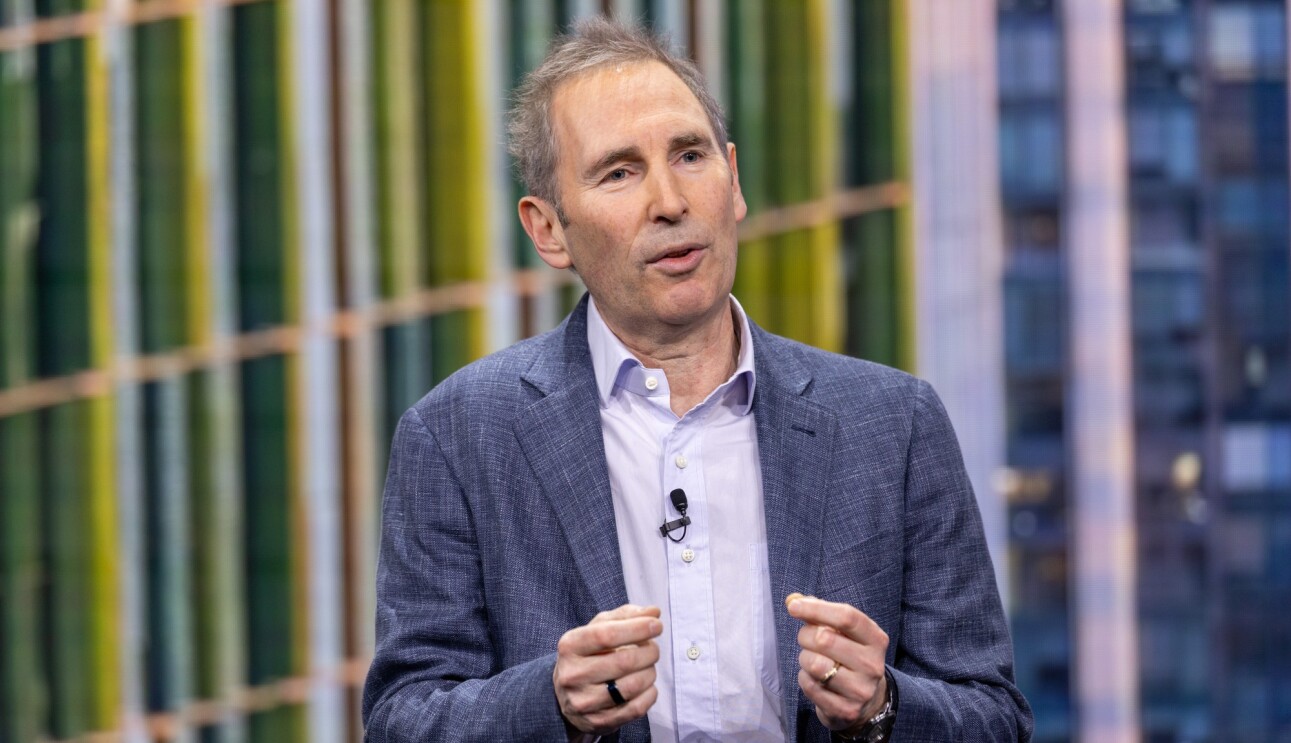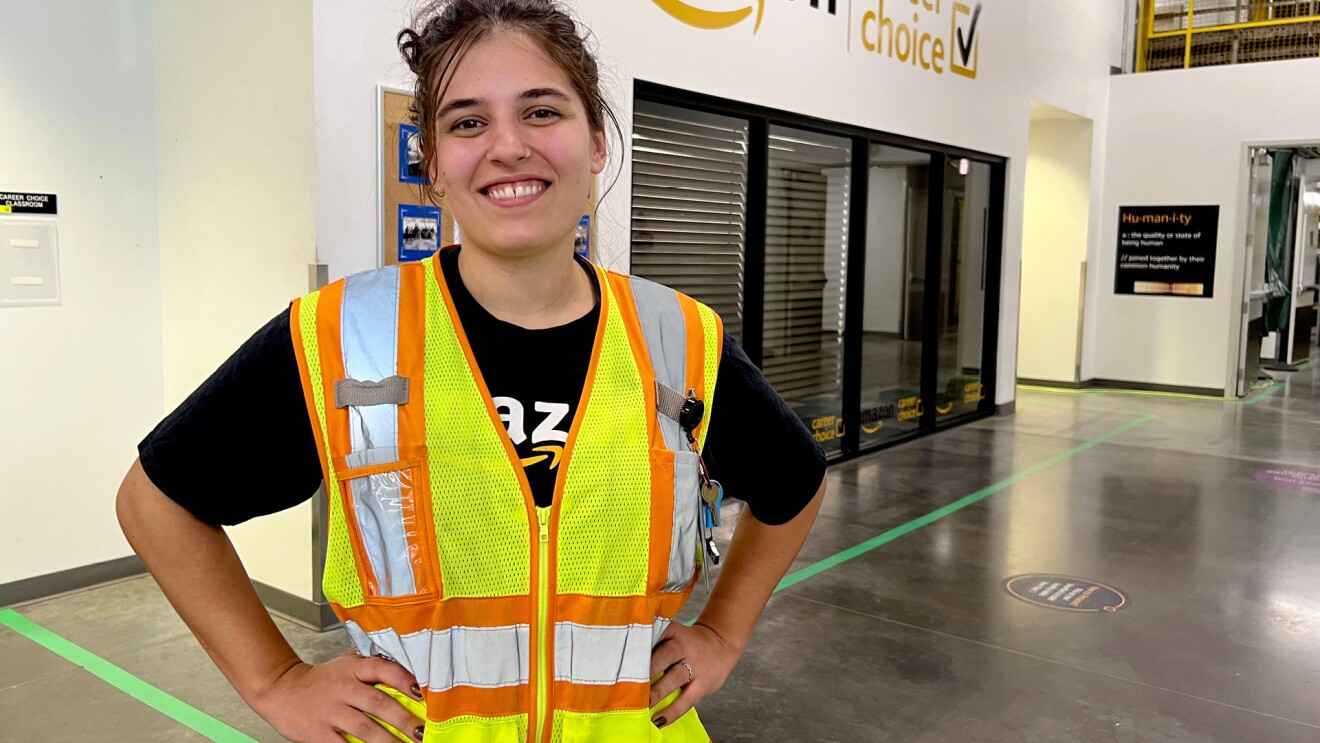Amazon internships provide students with an understanding of what it’s like to work at Amazon. Diving into programs and services that affect millions of customers, interns are given the opportunity to do meaningful work that makes a big impact.
Most interns are working in a hybrid model this year. In this model, interns relocate to (or already live in) the city of their internship, so they can commute to their assigned Amazon office. Interns work with their manager and team to schedule a mix of in-office and work-from-home days.
To learn more, we have put together answers to some of the most frequently asked questions about Amazon’s internship program.
Are Amazon interns paid?
Yes. Interns receive competitive pay. (Amazon recently ranked No. 5 on Glassdoor’s highest paid internships.) Interns working in the hybrid model also receive a paid relocation stipend to spend during the 12-16 weeks (on average) in their internship’s city. In addition, Amazon offers a variety of intern events—both in person and virtually—for interns to get to know each other and learn about areas of Amazon beyond their daily work. Interns are invited to grow their network and chart their own career path at Amazon by attending leadership speaker series sessions, coffee shuffles, and trainings.
What schools does Amazon recruit from?
Amazon recruits from more than 1,000 colleges and universities globally. We strongly believe that the best talent comes from a diverse array of backgrounds and university experiences. In 2021, our intern class in the U.S. included students from more than 400 universities, including state and liberal arts schools, as well as historically Black colleges and universities, and Hispanic-serving institutions.
What do Amazon interns do during their internship?
Starting on Day 1, interns are given projects to own and complete with direction from managers, mentors, and teammates that impact customers. At the end of their internship, interns go through a comprehensive wrap-up, which might include a presentation of their project(s) to Amazon employees as part of their evaluation. They leave with something they are proud of, that they can showcase on their resume or reference for future career opportunities. A few examples of projects that Amazon interns have worked on in the past include improving the Halo band, updating features on the consumer retail app, and launching a startup to help bridge Africa’s digital divide.
How long are Amazon internships?
Internship duration varies by region, but the majority of Amazon internships last 12-16 weeks and mirror a full-time job.
What does Amazon look for in intern candidates?
We hire students from all backgrounds who are enrolled in a higher-education institution. Internships typically occur between sophomore and junior years for undergraduate students and between years one and two for graduate students. An intern's educational background and work experience are assessed, but evaluations are also based on our Leadership Principles.
What roles does Amazon recruit students for?
We recruit and hire students into more than 100 roles across all business lines, including Amazon Studios and Prime Video; Amazon Web Services (AWS); Consumer, Devices and Services; Human Resources; and Operations. Some roles include software development engineers, support engineers, product managers, operations managers, applied scientists, vendor managers, and financial analysts.
What support do interns receive on Day 1?
On Day 1, interns receive a comprehensive, self-paced onboarding plan with trainings to complete over the course of their internship. In addition to a manager and a mentor, every intern is provided with an onboarding buddy—ensuring that they can learn from, and connect with, multiple resources. In addition, interns are encouraged to network with their peers through Slack communities, affinity groups, and Amazon-hosted meetups and events. Interns also have access to the Intern Circle Program, where fellow Amazon employees serve as advisors, share resources, facilitate discussions, and create space to celebrate interns’ learnings and growth.
How many countries are Amazon internships offered in?
In 2022, Amazon is hosting interns in more than 40 countries around the world in the Americas, APAC, and EMEA regions. As Amazon grows its presence in new countries, so does the opportunity for students to join as interns.
What interview preparation tips do you have for students interested in an internship at Amazon?
Our interview questions are behavioral, and students should use the situation, task, action, and result (STAR) method when responding to questions. The behavioral questions ask about past situations or challenges that candidates have faced and how they’ve handled them, and use the Amazon Leadership Principles to guide the discussion. Ahead of an interview, we recommend that candidates take time to prepare specific examples using the STAR method that showcase their experience and demonstrate how they have taken risks, succeeded, failed, and grown in the process. Candidates should identify key metrics and data to support and strengthen each example—and they should be ready for follow-up questions, as interviewers will want to dive deep into their experience.
What common interview questions are likely to be asked during an intern interview?
We recommend reading about how to interview at Amazon and learn more about Amazon recruiters' best tips for interviewing. Students are encouraged to review the Amazon Leadership Principles along with the interview section on the Amazon jobs website. The interview questions are behavioral, and candidates should use the STAR method when responding to questions.
Where can I apply for an Amazon internship?
To learn more and apply, visit the Opportunities for Students page. There are no application deadlines for internships and full-time positions (most roles are posted in the late summer); however, we encourage students to apply in late summer or early autumn to increase the likelihood of interviewing for an open role.
Trending news and stories
- Everything you need to know about ‘Thursday Night Football’ on Prime Video
- ‘Thursday Night Football’ 2025 schedule: How to watch live on Prime Video
- How to watch ‘Oh. What. Fun.’ on Prime Video
- How Amazon Pharmacy has helped customers save more than $100 million on prescription medications like GLP-1s and insulin









